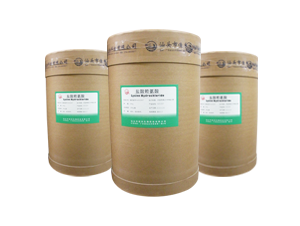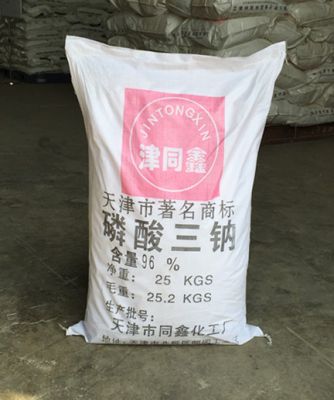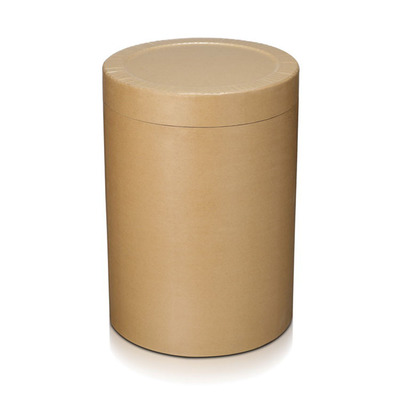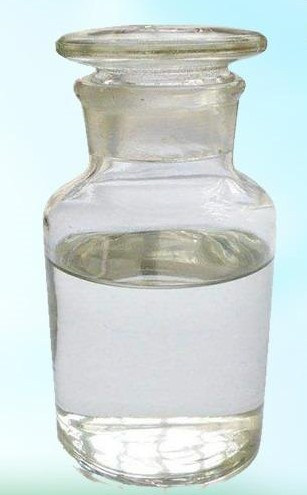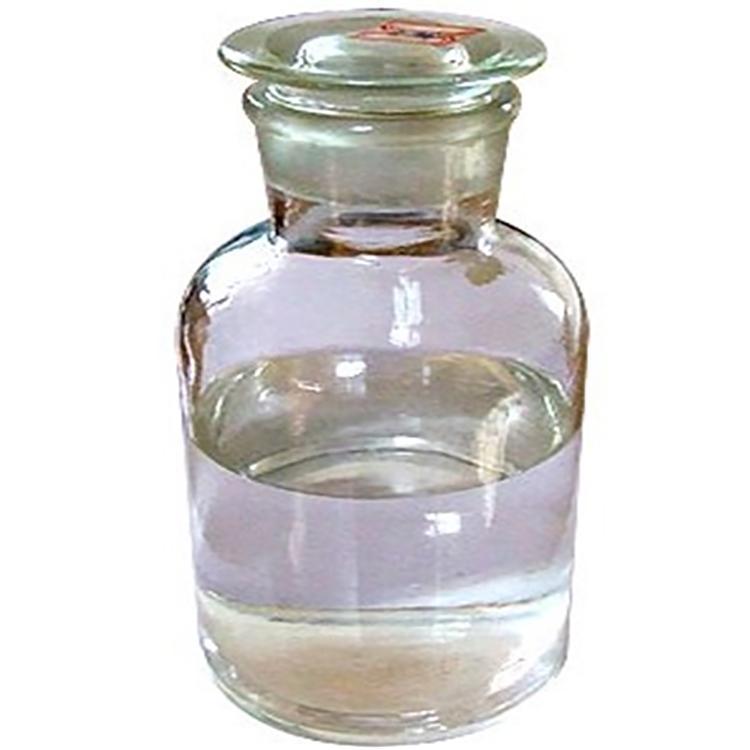Feed Additive
Additives For Food Packaging
Colorant
Stabilizer and Coagulator
Water Retention Agent
Feed Deworming Health Agents
Anti Corrosion and Preservation
Color Fixative
Flour Treatment Agent
Defoamer
Coating Agent
Feed Vitamins
Emulsifier
Other Food Additives
Nutritional Fortifier
Thickening Agent
Feed Quality Enhancer
Antioxidants
Chewing Gum Bases
Bulking Agent
Feed Amino Acids and Small Peptides
Flavor Enhancer
Sweeteners
Additives For Feed Preservation
Other Feed Additives
Food Additive
Bleaching Agents
Anticaking Agent
Food Flavors and Fragrances
Enzyme Preparation
Feed Trace Elements
Acidity Regulators
Feed Growth Promoters
Feed Conditioner
CAS:10098-89-2
Molecular Formula:C6H15ClN2O2
Alias
More Information
L-Lysine Monohydrochloride; Lysine Hydrochloride; L-(+)-Lysine Monohydrochloride; (S)-2,6-Diaminohexanoic Acid Hydrochloride; Lysine Hcl; L-Lysine Hcl; Enisyl; L-Lysine Monohydrochloride FEED Grade; Lyamine; Darvyl; Lysion; (S)-2,6-Diaminohexanoic Acid Monohydrochloride; L-Lysine, Hydrochloride (1:1); L-Gen; Lysine, Monohydrochloride; (2S)-2,6-Diaminohexanoic Acid Hydrochloride; (S)-2,6-Diaminohexanoic Acid Hydrochloride(1:X)
Brief Introduction
This product is an amino acid medicine, which can promote children's growth and development, enhance appetite and gastric acid secretion. It is used for children's recovery after illness and pregnancy and lactation.
Suppliers
View More Vendors (2) >
CAS:10101-89-0
Molecular Formula:H24Na3O16P
Alias
More Information
Trisodium,Phosphate,Dodecahydrate; Sodium Phosphate,Tribasic Dodecahydrate; Sodium Phosphate Tribasic Dodecahydrate; Phosphoric Acid, Trisodium Salt, Dodecahydrate
Brief Introduction
Soft water treatment, daily chemical industry, electroplating phosphating, dyeing fixation, enamel melting and leather degreasing, etc.
Suppliers
View More Vendors (2) >
CAS:10236-47-2
Molecular Formula:C27H32O14
Alias
More Information
4H-1-Benzopyran-4-One,7-[[2-O-(6-Deoxy-.Alpha.-L-Mannopyranosyl)-.Beta.-D-Glucopyranosyl]Oxy]-2,3-Dihydro-5-Hydroxy-2-(4-Hydroxyphenyl)-,(S)-; 7-[[2-O-(6-Deoxy-.Alpha.-L-Mannopyranosyl)-.Beta.-D-Glucopyranosyl]Oxy]-2,3-Dihydro-5-Hydroxy-2-(4-4H-1-Benzopyran-4-One; Naringenin-7-Beta-Neohesperidoside; Isohesperidin; Naringin Hydrate
Brief Introduction
This product is processed from citrus peel extracts such as grapefruit, summer orange and pomelo. It has obvious anti-inflammatory effect, can reduce blood viscosity, reduce thrombosis, and has the effects of analgesia, sedation and increasing bile secretion of experimental animals.
Suppliers
View More Vendors (2) >
CAS:105-37-3
Molecular Formula:C5H10O2
Alias
More Information
Ethyl N-Propanoate; Propanoic Acid Ethyl Ester; Propionic Acid Ethyl Ester; Trianoic Acid Ethyl Ester; Ethyl Ester Of Propanoic Acid; Ethyl N-Propionate
Brief Introduction
This product is ester solvent, organic synthesis, seasoning agent. It is a permitted edible spice. Mainly used to make rum, Baijiu, pear, apple, pineapple, cream and other flavor.
Suppliers
View More Vendors (2) >
CAS:105-54-4
Molecular Formula:C6H12O2
Alias
More Information
Butyric Acid Ethyl Ester; Ethyl Butanoate; Natural Ethyl Butyrate; Ethyl N-Butyrate
Brief Introduction
Ethyl benzene is a colorless liquid with aromatic smell, insoluble in water, miscible in most organic solvents such as ethanol and ether, and has stable properties. It is used in organic synthesis and as solvent. It has strong irritation to skin and mucous membrane, and has anesthetic effect at high concentration.
Suppliers
View More Vendors (2) >
Inquiry (
10
/ 10
)
Clear All
Sign In
Error!

